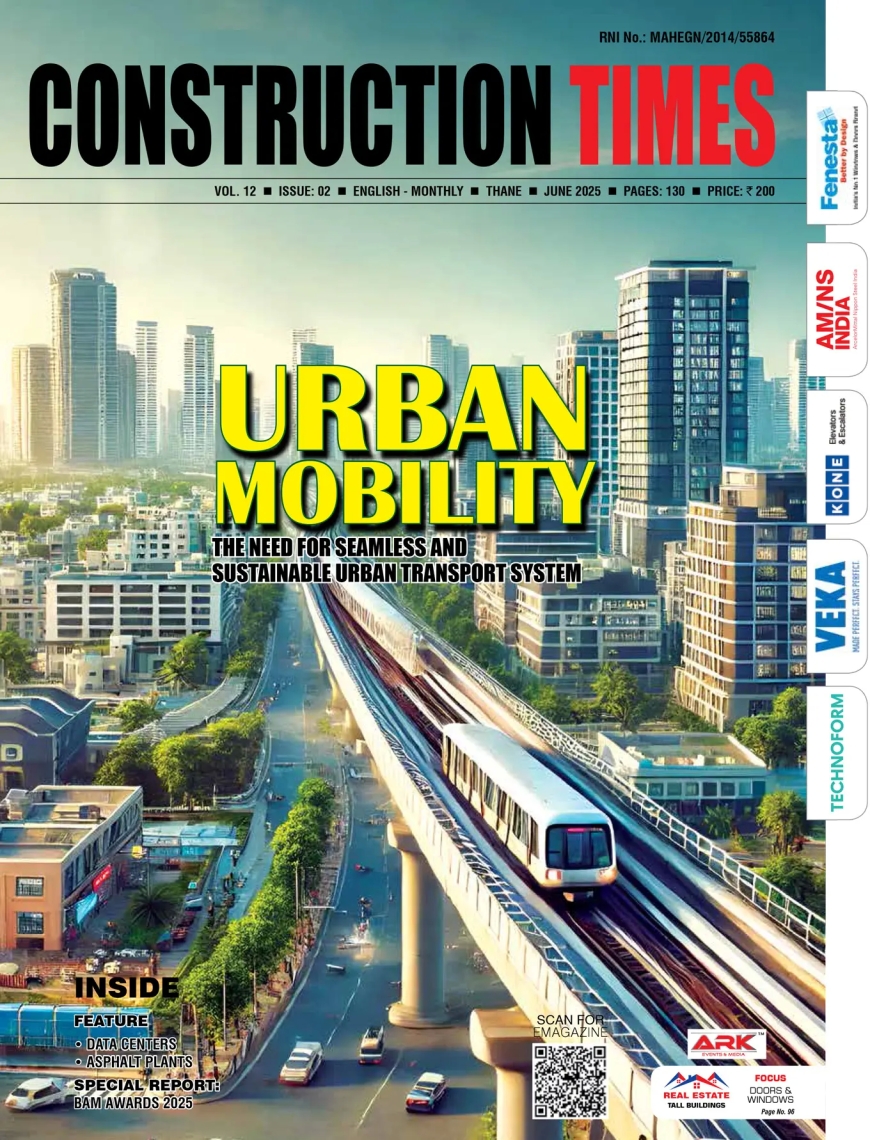Sustainability in Cement Production
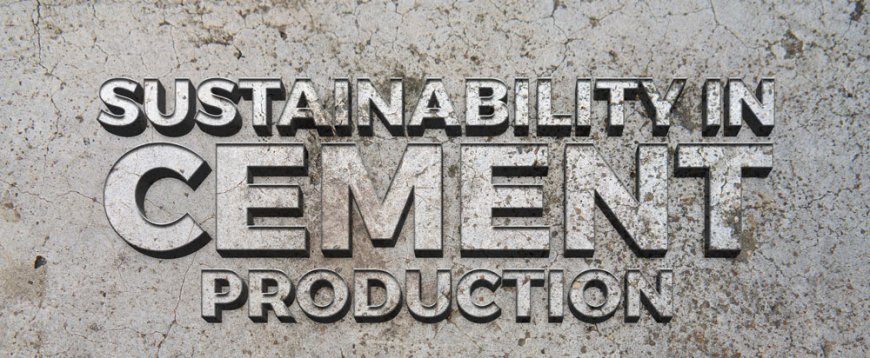
As India is aiming to become net-zero by 2070, it is imperative for the cement industry to adopt sustainable production practices to make the industry greener and sustainable. Construction Times finds out the major initiatives from the cement manufacturers for the greener future of cement industry.
India is poised to become the top construction market globally with the construction activities growing leaps and bounds. Being the key construction material, the demand growth of cement is imminent in this scenario. The housing sector alone consumes 60-65 per cent of the India total cement consumption. Also, the large investments in road and highway projects of the Government will play a key role in boosting the demand for cement. Cement production in India is poised to witness a significant 7-9% expansion, primarily fuelled by strategic investments in overall infrastructure and large-scale residential projects. In response to this escalating demand, the sector is gearing up to add a substantial 80 million tonnes of capacity by FY24. This planned capacity expansion represents the most significant increase in the last decade and is indicative of rising demand.
Cement industry and emission
The cement industry is perhaps one of the most polluting industries in the world. It is responsible for about 7% of global CO2 emissions, and it also emits other pollutants such as sulphur dioxide, nitrogen oxides, and particulate matter.
India is the world's second-largest cement producer and the sector is undergoing transformative changes, emphasizing product innovation and sustainable practices. It is imperative to ensure the production of cement in an efficient and sustainable way in the prevailing market and environmental conditions.
Efficiency in cement production
Sustainability and green initiatives are now integral to the growth strategy of the cement industry, particularly in environmentally conscious markets like India. Major cement companies are now focusing on sustainable production practices and environment-friendly products. In the recent years, the industry has made significant strides in adopting sustainable practices, demonstrating its commitment to a greener future. A notable focus is on energy efficiency, with advancements in preheater cyclones and calciners aimed at reducing thermal energy consumption. The industry is swiftly transitioning to blended cements to significantly cut CO2 emissions. Ongoing modernization of existing plants further enhances operational efficiency and minimizes the carbon footprint. Many cement producers have taken up steps in this direction to push sustainability in cement production.
Cement producers and sustainability steps
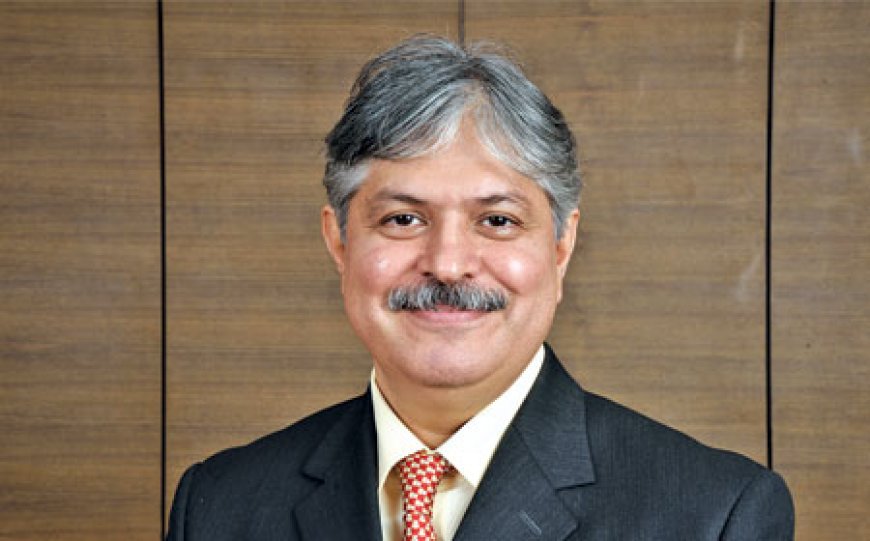
Ajay Kapur, CEO, Cement Business, Adani Group, describes the key sustainability practices followed at their production processes: “Recognizing the imperative to reduce carbon emissions and environmental impact, major players in the Indian cement sector, including ACC and Ambuja Cements, are actively embracing sustainable practices and innovation.
One of the key areas of focus is reducing carbon emissions. Cement production is responsible for a significant portion of global CO2 emissions and to mitigate our carbon footprint, we at ACC and Ambuja Cements have implemented various initiatives. We are putting up extremely efficient modern clinker plants. The new plants that we are going to put in will have one of the lowest thermal energy consumptions, one of the most efficient cement millings, and they will all be built in waste heat recovery systems and also integrated with renewable energy. It will be a very important part of our strategy and we would continue to lead on the blended cements, the green cement strategy, which has been the fundamental strength of both ACC and Ambuja Cements.
As we build our business from 70 MTPA to 140 MTPA, we will emerge as one of the lowest cost cement producers. So, we believe that the next 70 MTPA will be the most energy efficient, cost efficient, and would have a substantial cost advantage over many of the older plants. On top of it as we build new plants, the average need distance travel would also reduce within our mother plant and the grinding grade. We are also looking at optmising rail systems wherever needed.
A key aspect of our sustainability journey is the promotion of green products and solutions. As much as 85% of our production is in blended cements which essentially means we use fly ash, slags or a mix of fly ash and a slag and only 15% is the OPC. Blended cement not only conserves natural resources but also contributes to the durability and longevity of concrete structures. Our product range has expanded with the introduction of multiple new items, enhancing our selection of environment-friendly, value-added cement and concrete options for specific and customised uses. These green products have been well-received by the market which are also more profitable.
With ACC ECOMaxX, customers have an option to choose concrete based on their desired level of CO2 reductions and sustainability objectives. Our product range of environmental-friendly and value-added cement and concrete options for specific and customised uses are ACC AEROMaxX and ACC ECOMaxX, along with ACC Coolcrete and ACC Bagcrete. Value‑added solutions plays an important role in driving the overall business growth. We are constantly exploring innovative ways to incorporate sustainable materials into our cement production processes. Our emphasis is on expanding the range of sustainable solutions to accelerate the transition towards low-carbon and circular buildings.
On the mining side, we are trying to use more and more biodiesels and green fuel. The kilns we are wanting to use through our Geo Clean platform. The waste of the society, the non-fossil fuels which can be replaced through the sludges, through the municipal solid waste, we are looking at about 25% replacement of that. And then, finally, the cement that we produce, we only want to use 0.5% of traditional cement clinker and remaining coming from fly ash, slags and other materials which allow us to become a very green company.
On the power that we use, we are already making all plants with built-in Waste Recovery Systems and the balance power we are putting, more than 200 MW of solar. We will further increase this footprint which will allow us also to have maximum amount of power coming from green sources.
Water conservation is another critical aspect of sustainability and remains a top priority for us. While we understand that cement production requires vast amounts of water, a precious resource, we are committed to its responsible usage with the help of our robust water governance practices that ensures responsible water management across our operations by reducing freshwater withdrawal and enhancing the usage of recycled water. By actively utilizing harvested water, we are maximizing its potential and contributing to the overall conservation efforts which has led Ambuja Cements to be 8 times water positive. This means that we replenish and conserve more water than we consume, ensuring the sustainable availability of this vital resource for future generations.
If you put all this together, Ambuja-ACC are one of the greenest cement companies and we would like to lead that and we are very proud to do that.”
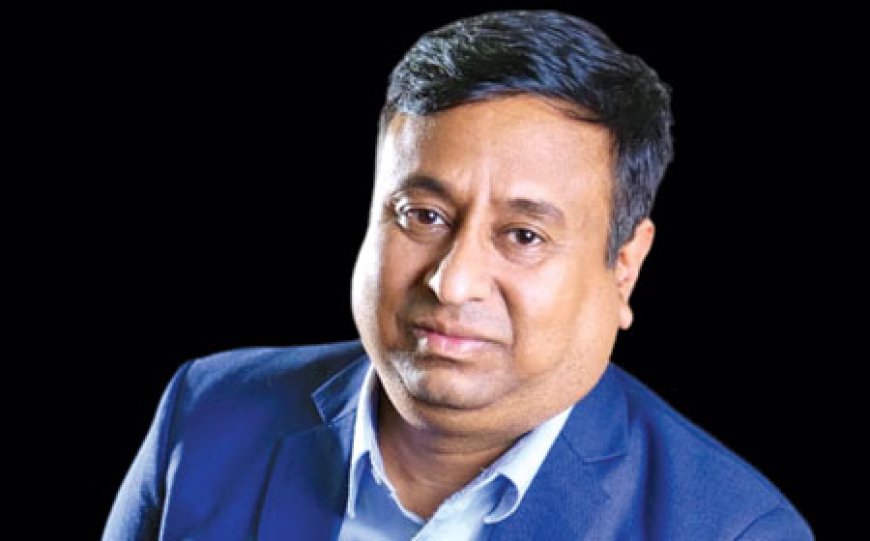
Vishal Kanodia, Founder and Managing Director, Kanodia Group, shares on the sustainability steps taken by the group in cement production and supply: “We have taken various green initiatives in our cement manufacturing and marketing business. Our 100% production is PPC cement which consume fly ash, by-product of thermal power unit. We are very fast shifting of our power requirement from fossil energy to green energy through solar power. Kanodia Group through its newest venture Easy Build – Complete Building Solution, has taken steps towards reducing carbon footprint in various ways which ultimately will positively contribute towards addressing the climate change concern. Easy Build is a Phygital platform, where customers/end-users are able to explore, virtually visualise anything and everything needed for building their dream home and finally conclude a purchase through a marketplace, meta averse or experience centre.”
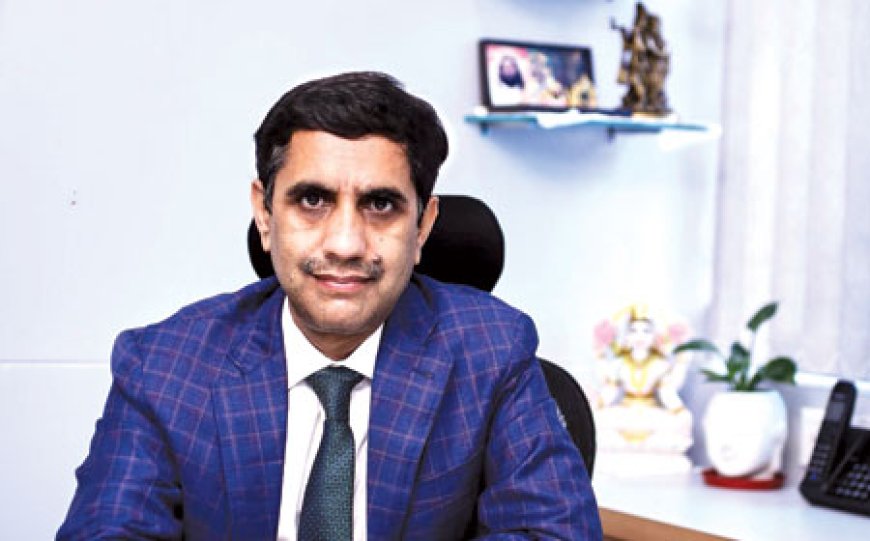
Elaborating on the major steps taken by the company towards sustainable cement production, Arun Shukla, President & Director, JK Lakshmi Cement, says: “The cement industry produces around 7% of total global greenhouse gases. And we the cement manufacturers are working holistically to abate the global warming effect due to greenhouse gases emission.
JK Lakshmi Cement being one of the prominent players in Indian cement industry has always been in the front line in taking various initiatives to make our industry more sustainable. We at JK Lakshmi Cement believes in lean and green go together and keeping this idea in our mind, we always emphasise on improving the efficiency of our cement manufacturing and opting for renewable sources of energy requirement and alternative raw materials. Our efforts have made us to be one of the most energy-efficient plant in terms of specific electrical energy consumption as well as specific heat consumption.
To further elaborate on sustainability, we have taken various initiatives to be net zero. Few of the initiatives are - Usage of alternative fuels to reduce the dependencies on conventional fuel which will reduce Scope-I emissions. We have recently commissioned pre- and co-processing system in our integrated plant at Sirohi which has helped our Sirohi unit to reach TSR level of 11%, our Durg unit is running at a TSR level of 7% and we have taken target to reach 20% TSR level at group level by 2030, enhancement in blended cement proportion to further reduce our specific GHG emissions, usage of green power sources like WHRS, solar and wind, energy efficiency improvement, and usage of supplementary cementitious materials to reduce the clinker content in the finished products.
We have recently commissioned 56 MWDC solar project under open access for our integrated plant at Durg and this has helped our Durg unit to meet more than 80% of its total electrical energy requirement through renewable energy. If we talk at group level, we are meeting around 40% of our electrical energy through renewable energy and we have taken target to meet 100% of our electrical energy requirement through renewable energy by 2040 and the same has been committed trough taking the membership of RE100.
We have also focused on doubling our energy productivity by 2040 by considering 2015 as baseline year. Our commitment to restrict 1.5-degree Celsius global temperature increase is committed to SBTi. We at JK Lakshmi Cement have also focused on green product manufacturing and in line to it we are about to start the production of LC3(Limestone calcined clay cement).”

Prashant Jha, Chief Ready-Mix Concrete (RMX) and Modern Building Materials (MBM) Officer, Nuvoco Vistas Corp shares on the company’s major steps towards greener production practices: “Sustainability and green initiatives are gaining significant traction within the cement industry, and our company is deeply committed to playing a substantial role in this movement. We have consistently demonstrated our dedication to advancing sustainability by aligning our initiatives with industry-wide endeavours focused on reducing the environmental impact of cement production.
Working closely with our cement function, we've embarked on a journey implementing several key strategies to enhance sustainability across our operations. These strategies encompass embracing alternative raw materials like fly ash and slag to diminish our reliance on conventional resources. Moreover, we're vigorously implementing energy-efficient technologies to reduce energy consumption while actively exploring innovative methods for carbon capture and utilization to mitigate emissions.”
Forging a sustainable path

Elaborating further on the sustainability path leading a greener future for cement industry, Dr S B Hegde, Professor, Department of Civil Engineering, Jain College of Engineering and Technology, Hubli and Visiting Professor, Pennsylvania State University, USA, shares his thoughts: “The global cement sector is embarking on a transformative journey towards sustainability, underpinned by innovative strategies and technological breakthroughs. Initiatives such as carbon dioxide capture and storage (CCS), hydrogen utilization in kilns, and the integration of alternative raw materials and waste fuels exemplify the industry's steadfast commitment to curbing its environmental footprint. Notably, CCS technologies boast the potential to capture up to 90% of CO2 emissions from cement production, showcasing promising advancements in emissions reduction.
Furthermore, the exploration of green cements replaces a portion of traditional clinker, presents a tangible pathway to significantly lower carbon intensity.
Augmenting these efforts are strides in renewable energy adoption and investments in waste heat recovery systems, signalling a collective push towards decarbonization and operational efficiency. Notably, a leading
cement manufacturer in India has allocated over Rs 150 crores (approximately US$ 20 million) to implement electrified kiln technology. This substantial investment is anticipated to yield an immediate 25% reduction in carbon emissions from kiln operations alone, highlighting the industry's dedication to sustainable practices.
Furthermore, incentivizing carbon capture technologies through subsidies aligns with India's climate objectives, fostering a conducive environment for technological innovation. Sustainability in cement production is a multifaceted challenge that requires collaborative efforts from industry stakeholders, policymakers, and society as a whole. Through collaborative partnerships and supportive policies, the cement industry is poised to spearhead a transition towards a low-carbon, sustainable future.”
As India is aiming to achieving the net-zero goal by 2070, the cement industry has a significant role to play in contributing to this and the Indian cement industry is expected to be well on its path towards this goal.







